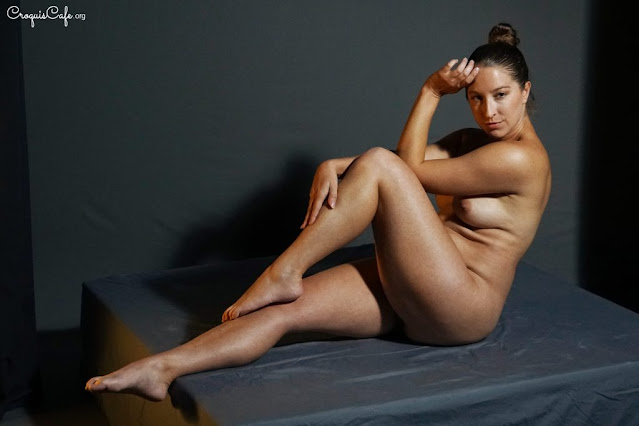The Expressive Figure Assignment
Concept: The Meditative Composition
and
Light & Structure
The Cameras Influence
Part II
Materials:
Materials
- Vine or Willow Jumbo Charcoal ( Generals, Coates, etc.), Graphite lead and holder
- Dry Media Sources: Hard Pastel sticks (NuPastel, Creatacolor, etc.) Conte Crayon, Stabilo Pastel Pencils or equivalent,
- Canson Mi Tientes toned paper or Strathmore toned 90 lb drawing paper 12" x 19" or similar Ledger or any similar 60 to 90 lb paper
- Faber-Castell Kneaded Eraser or Chamois cloth
Any Media that is appropriate to your response
Suggested Methodology to Begin the Drawing:
Starting with charcoal, use a collection of sweeping inverse radial arcs to describe the action /gesture of the figure. Visualize these arcs as defining the "envelope" of the figure, ie. within the overlapping arcs is the area that the figure occupies, and outside of these arcs is the "flux" or everything that's background or negative space.
Then within the interior space defined by these arcs/envelope, quickly and lightly sketch a gestural mannikin of the pose beginning at the pelvis. This mannikin is geometrically analogous to a "doll" with a peanut-shaped volume approximating the torso, cylinders for limbs and neck, and an ovoid for the skull. Orient the mannikin in space by drawing a "medial line" through the center of the front and back of the torso as well as the center and back of the neck and skull.
You may use any pose, with or without props. What is important is that you must bring yourself to your work to develop it beyond what you see. While drawing from the model, look for aspects of the model or the model's attitude that you could dramatize. Allow for changes as you progress and continually and aggressively rework the media, erasing or adding multiple layers if required. The gestural action of the drawing is an important part of the drawing. Direct the work toward a more potently charged statement, following intuitive hunches but also stepping back and evaluating what you have drawn, not in terms of its realism but rather in terms of how effectively it gives the figure a heightened presence that is realized through the drawing process. The final drawing should be as much about you and your expressive action as it is about the model's pose.
Assignment: Using the quick compositional exercise as a guide, sketch out a few small thumbnails of the pose you wish to portray and explore how placement and croppping enhance the dialogue with the viewer. Be aware of those concepts as tension, mood, narrative, and sexuality, as well as how positive and negative space provokes and/or assures the viewer. It's not enough to just "plunk" the figure in the middle of the page and render it. The larger drawing should not just be an enlargement of the smaller sketch more a complete and more developed idea. In Brown and McLeans' "Drawing from Life", they remind the artist that, "you are not just drawing the figure, rather, you are using the figure to construct a whole composition." As Degas once explained, "The dancer is only a pretext for a drawing."
In the following photo stills of Kristine, there is the following seated pose which is lit in four different configurations. Explore hoe lighting can influence the overall effect and mood of the composition.















No comments:
Post a Comment